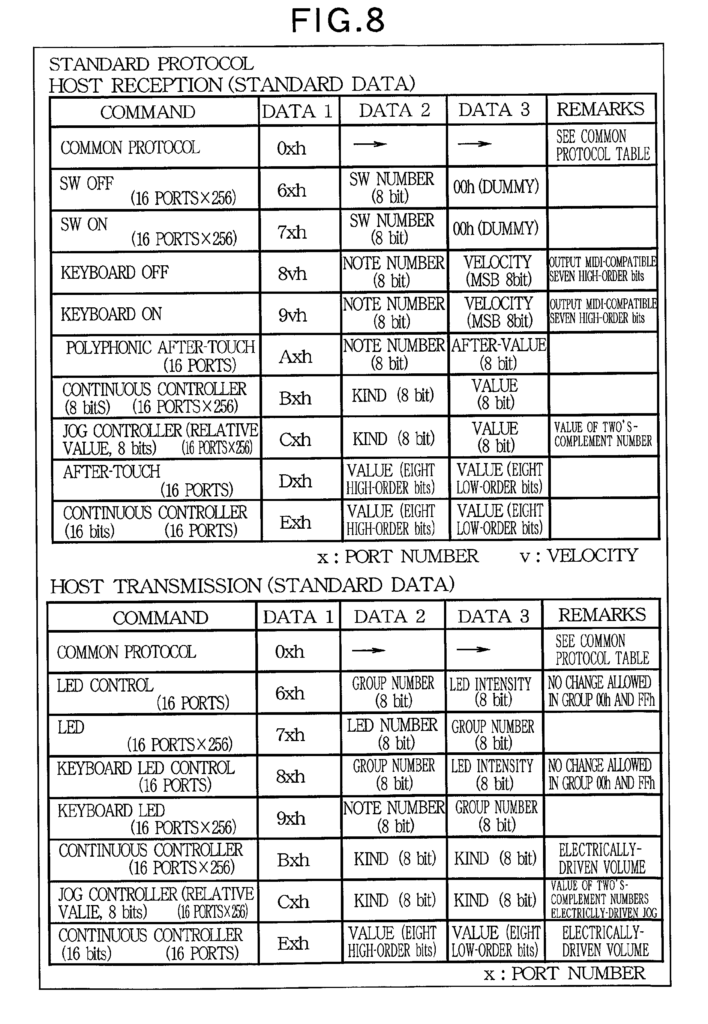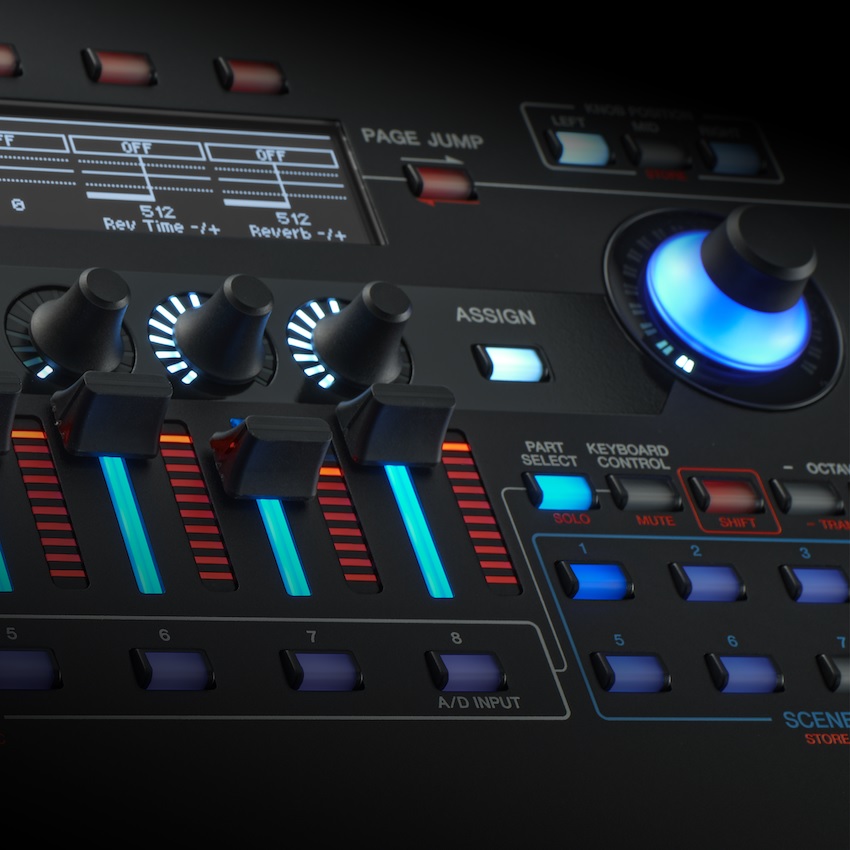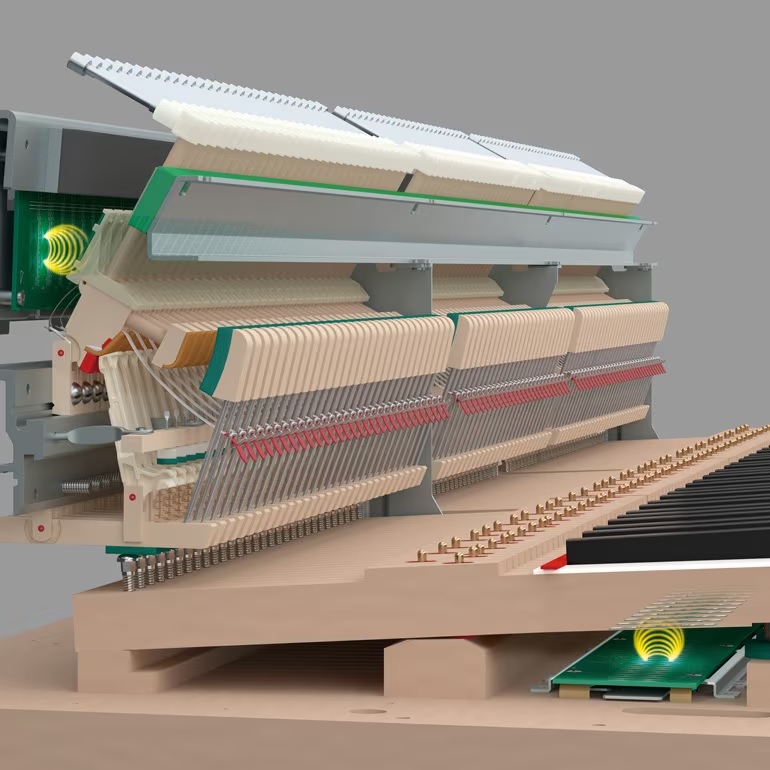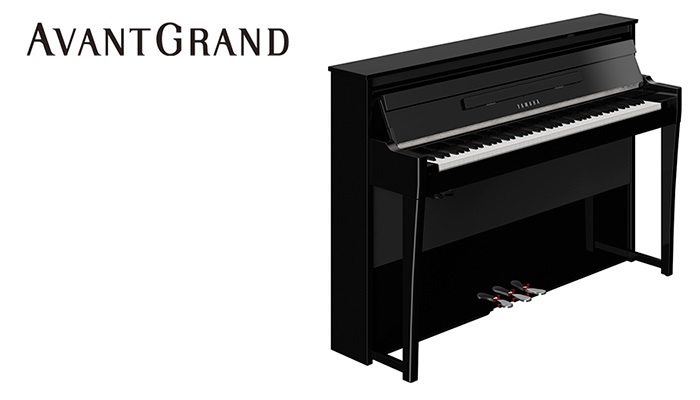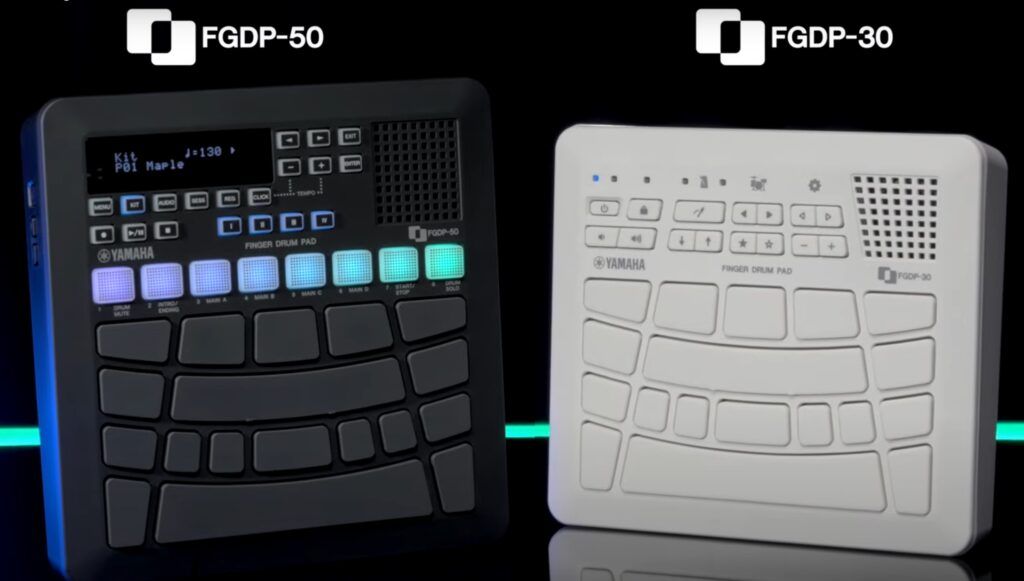With discussion focused on the upcoming Yamaha Montage M, we’ve forgotten about the other unicorn in the room: Yamaha SEQTRAK™.
It’s a Yamaha trademark
Before I add anything new, here’s a brief review of what we know from the public record. As many others have cited, “SEQTRAK” is a trademark registered by Yamaha. The “SEQTRAK” character mark is registered with both the United States Patent and Trademark Office (USPTO) and the European Union Intellectual Property Office (EUIPO). None of this should be surprising.
The USPTO trademark process has two major steps: intent to use and statement of use. The initial filing data — intent to use — was filed October 20, 2020. An applicant (Yamaha) must eventually file a Statement Of Use (SOU) when the mark is placed into actual use, i.e., the trademarked product is available for sale. If an applicant doesn’t file a timely SOU, they must apply for an SOU extension. As to “SEQTRAK”, Yamaha filed for and received its fourth extension on April 13, 2023.
Given the pandemic, supply chain issues, etc., SEQTRAK has been delayed. There may be technical reasons, but we don’t know that.
It’s got class
A trademark is valid only within a specific field of goods and services. “SEQTRAK” is valid within the following clases:
- Primary class: 009 Electrical and Scientific Apparatus; US Classes: 0021, 023, 026, 036, 038
- Primary class: 015 Musical Instruments; US Classes: 002, 021, 036
Breaking this down into English, we get the following uses under Class 009:
- audio amplifiers;
- audio mixers;
- electric and electronic effects units for musical instruments;
- sampling units, namely, digital phrase samplers used to record, replay, and edit digitally stored music samples;
- music synthesizers, namely, desk top control units used to synthesize music that do not function independently as musical instruments;
- electronic tone generators for musical instruments and audio effect processors;
- electronic music sequencers;
- electronic rhythm programmers;
- downloadable computer software for generating, reproducing, effecting, and recording sound;
- downloadable computer software for arranging, sequencing music;
- downloadable computer software for creating computer music.
For class 015, Yamaha state:
- electronic musical instruments;
- electronic music synthesizer;
- electronic drum machines;
- electronic percussion instruments;
- electronic rhythm machines.
Well, that really narrowed things down, didn’t it? Not. 🙂
Standing back, however, one gets the impression (gestalt) that SEQTRAK is a piece of hardware (like a sophisticated synth/beatbox) which integrates with downloadable software for sequencing. The software part kind of sounds like Steinberg Cubase, Groove Agent, Halion, etc.
What’s new?
First, I am not going to reveal sources and methods, and neither should you. The “SEQTRAK” name appeared in the warranty list spill to which Yamaha put a quick end. Zip it, Scott.
I’ve seen SEQTRAK described as a “music production studio”. Yamaha have used the term “music production studio” in the past. The most relevant past use is the venerable Yamaha RS7000 Music Production Studio. The Yamaha RS7000 is a groovebox combining a sequencer, sampler, synth, digital effects and mastering tools.
The RS7000 is the beast from 2001. [The year, Not the film.] Yamaha haven’t played in this space since then. They are due.
We know from the earlier reveal that there are two SEQTRAK models. Both models are functionally the same; you get a choice of black or orange livery. Physically, SEQTRAK is about 13.5″ wide, 3.8″ deep, 1.5″ high. That’s roughly the size of a small QWERTY keyboard. Connectivity is USB-C and Wi-Fi. Wired connections are made through one of the side panels. SEQTRAK is intended for desktop use, maybe in front of a QWERTY keyboard or laptop.
Let’s imagine an attractive, modern-looking desktop control surface. The surface is divided into five panels:
- Sequencing (8 knobs, 16 buttons)
- Mixing (4 knobs, 8 buttons)
- Status (back-lit legends and LEDs)
- Effects (4 knobs)
- Output (master volume knob and built-in speaker)
On-board, one expects a synthesizer — oh, what the heck, make that two synthesizers — and a sampler.
Questions
Two big questions loom in my mind. First, what is the assignment of music production activies (synthesis, editing, ya-ya) to hardware and software? Is synthesis built in or is synthesis performed by Halion, for example? Second, does SEQTRAK integrate with other hardware products like Montage M and the new FGDP-50 finger drum? Please recall, FGDP-50 does not have standard MIDI IN/OUT and seems a little lonesome by itself. The FGDP-50 would be a natural companion for a groovebox. Is Montage M part of the “music production studio”?
Yamaha have been very, very busy…
Copyright © 2023 Paul J. Drongowski




